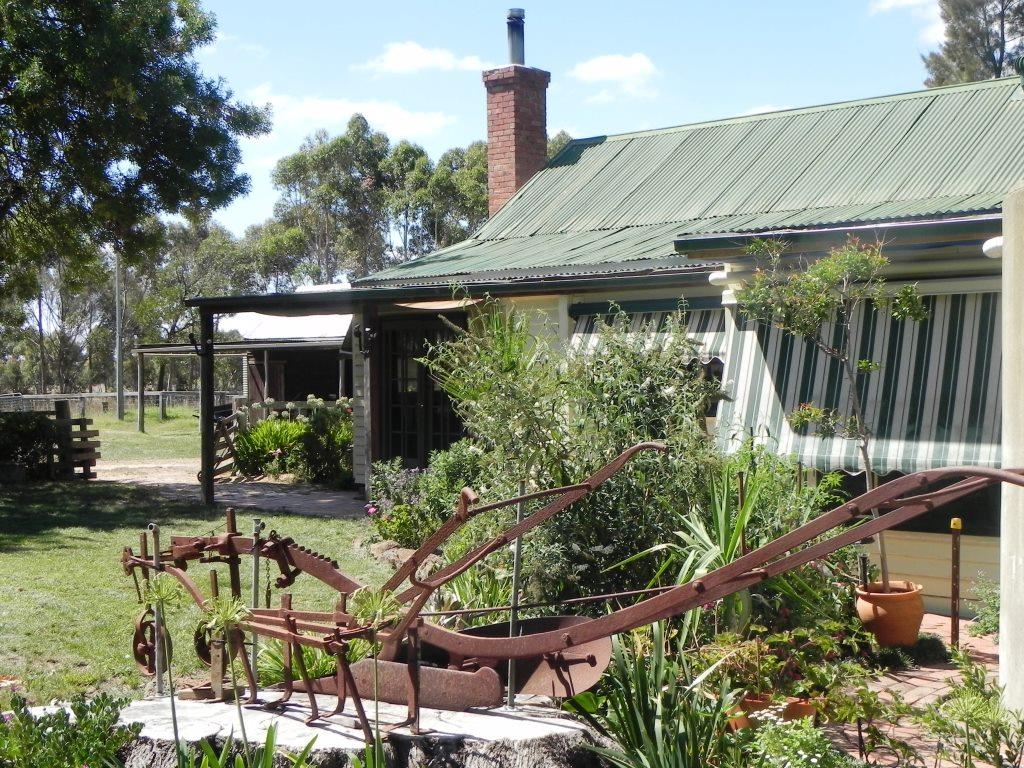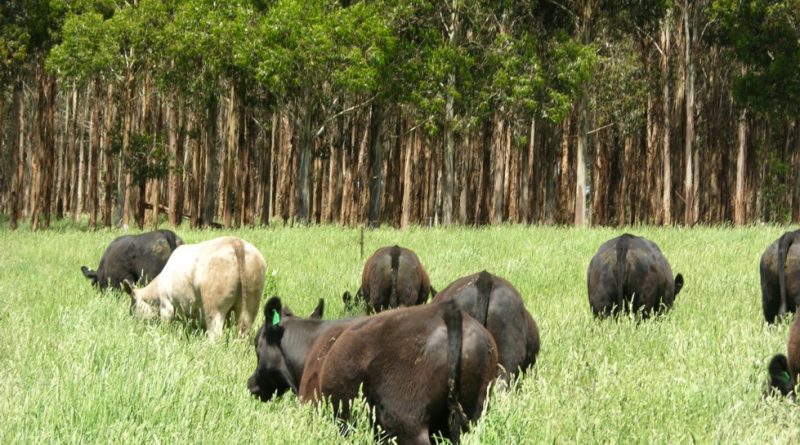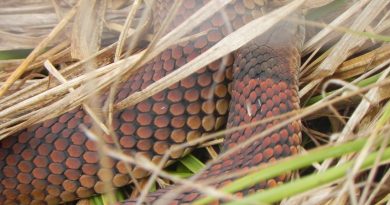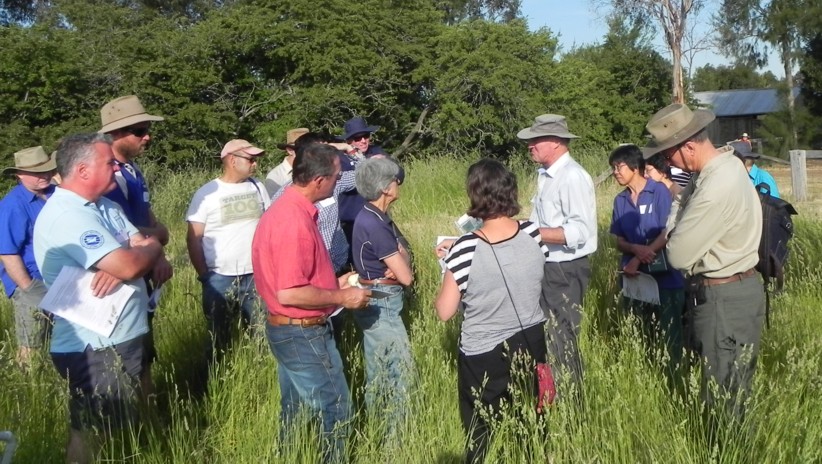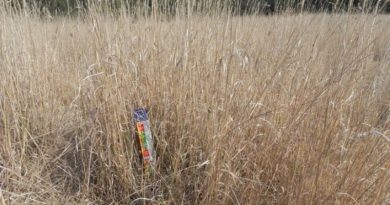History

Moffitts Farm has been carbon neutral since 2005 and is a net sink to
the tune of around 250 tonnes CO2e per year. This should continue until
around 2035 when the trees reach a carbon storage equilibrium.
Moffitts Farm is located near Romsey, 60 kilometres north of Melbourne, Victoria, Australia. The Francis family purchased it in 1953 from the Moffitts family (one brother and two sisters) who were original settlers using horses and moulboard ploughs. Patrick and Anne Francis purchased the farm from Patrick’s parents in 1986.
The property comprises 50 hectares and most of that era’s features have been retained or restored with draught horse loose boxes, blacksmith’s shop and machinery sheds. The cottage has been restored with its original Baltic pine lining boards and bluestone ‘stumps’.
Nineteenth century remnants remain across the property in the form of bluestone fences, hawthorn tree hedge ‘fences’, post and rail fences, original pine and Cypress trees, creek water storage, and remnant fruit trees.
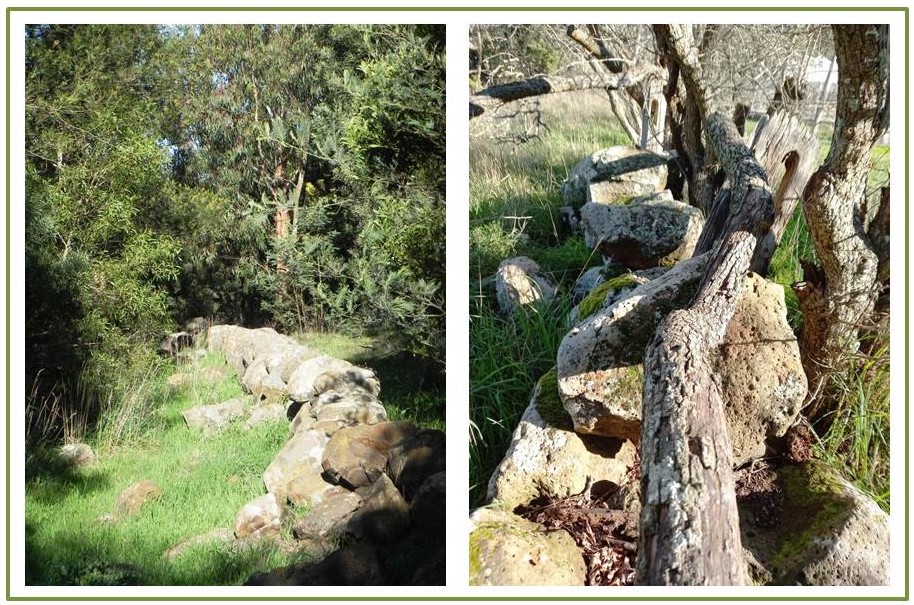
Rock fences were built from stones shifted out of ploughed paddocks. Other fences were “built” by planting hawthorn trees and hedging them. In our ecosystem restoration some of the rock fences have been converted into conservation corridors with trees and shrubs planted by direct seeding. The hawthorn hedges, now tree lines, are maintained for historical purposes and are proving useful as nest sites for small birds like Superb Wrens, fan tails and finches.
Little native vegetation remained by 1952, just two manna gums, two blue gums (E. globulus) and around six blackwoods (A. melanoxylon), all the rest presumably being cleared to provide fencing materials and fuel for the giant walk-in size fire place in the cottage.
Post the 1986 purchase of Moffitts Farm, development was at first slow with Anne and Pat living in Melbourne for their children’s education and employment as editor of the national monthly magazine FARM, later Australian Farm Journal.
The cottage and all outbuildings had been converted to hay sheds by Pat’s father who used the property as an extension to his nearby farm. By 1990 the cottage had been restored to a point where it could be lived in for a day or two. Lighting was still oil lamps, candles, torches while a generator became the power source for electric tools.
In 1993 Pat started running small trials on the farm based on his agricultural science knowledge and experience of innovative farmers and consultants he visited and interviewed as editor of Australian Farm Journal and Australian Landcare Magazine.
Pasture variety trials were commenced using conventional cultivation and direct drilling techniques. The farm became a Triple P (high phosphorus fertiliser input, high pasture utilisation) demonstration site which continued to 1999. Over the same period the family gradually implemented the property plan involving paddock sub-divisions, fencing the riparian area and establishing conservation corridors around each paddock.
In 1996 the first of four farm forestry plots were established, firstly with Tasmanian blue gums, then Sydney blue gums and lastly during the depth of the 13 year dry period (1997 to 2010) Sugar gums. In all, 23% of the farm grazing area has been set aside for conservation corridors, riparian zone and farm forestry.
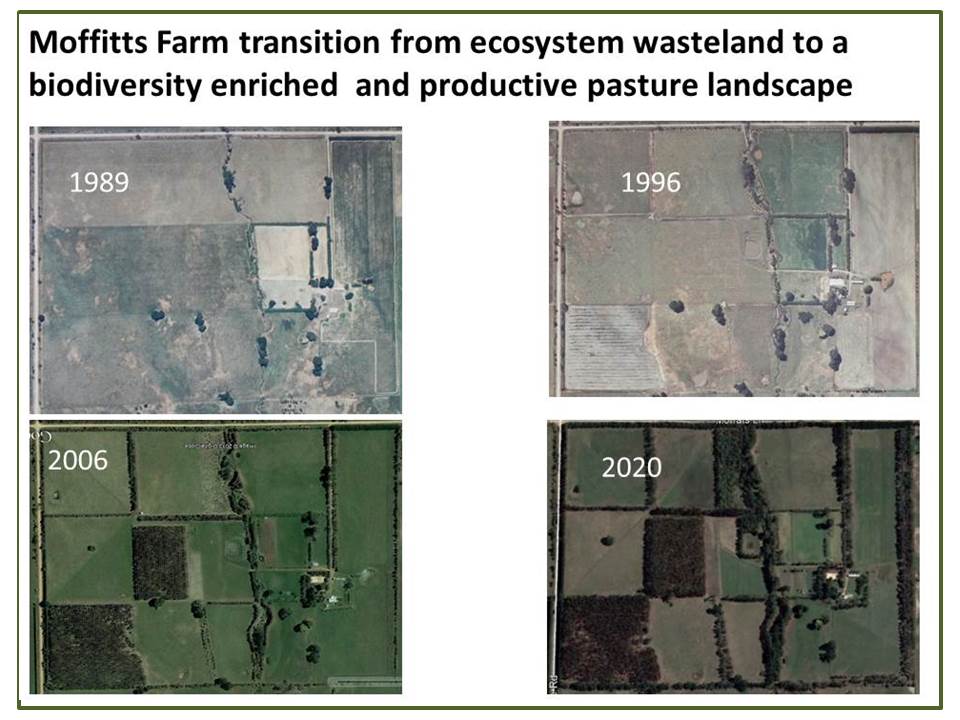
In 2000 Pat decided to trial an alternative livestock and pasture management program called holistic grazing management. It was a system being successfully adopted on farms in Queensland and NSW. His analysis of the outstanding triple bottom line outcomes associated with holistic management, even during years of below average rainfall suggested it could be adapted to southern Australian grazing businesses operating with introduced pasture species, smaller paddocks and higher grazing pressure.

Holistic grazing management with finishing steers resulted in perennial grass species domination which compliments ecosystem resilience, productivity and lower methane emissions per kg of live weight gain, but the same species are far less suitable for finishing lambs which have a higher nutritional quality requirement than yearling steers and have palatability issues with some grass species like summer and winter active tall fescues.
As southern Australia’s dry 13 years continued (1997 to 2009), farmers began to take notice of the holistic grazing management on Moffitts Farm and groups came to visit to discuss the program. Pat has kept detailed records of all livestock movements, farm inputs, soil data and biodiversity changes since 1996 and is able to compare the two different farming systems. He is able to show that productivity has not changed between Triple P and Holistic Grazing, but farm costs, environmental risk and stress involved have declined to significantly.
The family coined the phrase ‘Comfortable Farming’ to encapsulate the concept that holistic farming, that is, farming in conjunction with nature, is comfortable for the livestock, comfortable for the environment and comfortable for the owners, irrespective of annual rainfall. It has also allowed the family to embrace other aspects of farm life such as fruit and vegetable production, silviculture (saw log production) and nature conservation.
In 2006 stand alone solar power was installed for the house and workshop. Over the years the renewable energy system capacity has increased with a small wind generator added in 2015. Apart from LPG used for the gas stove and gas hot water the farm is self sufficient for energy and water supply.
In 2012 we changed livestock enterprise from finishing store steers to a self-replacing Wiltipoll sheep flock for prime lamb production. Some of the reasons to shift from store cattle were:
- finding paddock sale suppliers of quiet Angus weaner or yearling cattle with temperaments suitable for a small farm,
- costs involved in trucking relatively small numbers from source farms and to a processor
- lack of opportunity for low stress cattle transport as it is not practical to transport cattle in trailers;
- lack of opportunity for small scale suppliers to participate in company QA programs;
- need for capital input into safe cattle handling and loading facilities.
In other words cattle do not lend themselves to small scale, high QA marketing. Prime lambs on the other hand sheep do. With a self replacing flock we have full control over genetics without need to purchase breeding stock, can be involved Sheep Genetics performance recording, can use our own transport to supply low stress high QA management lambs with production and provenance story to Melbourne butchers looking for red meat with an environment, eating quality assurance, and animal welfare credentials. The self-replacing flock puts us back in control of marketing red meat. An important consideration in selecting the Wiltipoll breed was is ability to shed wool so shearing and crutching are not required. These are two necessary husbandry procedures for all but the shedding sheep breeds and require outside contractors to do the work in safe industry standard facilities.
Sheep did not change our holistic grazing management, comfortable farming approach but finishing lambs does require a greater emphasis on pasture quality and species palatability compared to finishing steers. To this end we now have around 30% of the pasture area devoted to specialist lamb finishing pasture based on chicory, five perennial and sub clover species and perennial ryegrass. The other 70% of pastures are based on multiple species of perennial grasses and clovers, and sub clovers similar to what was sown for cattle. All pastures have a strong emphasis on year round green growth by including summer active varieties.
Pasture species quality and palatability is an important component for achieving a carbon neutral farm business. With high quality and palatability lamb growth is maximised so animals reach market weight as quickly as possible reducing their methane emissions per kg of live weight. The key to quality for lambs is pasture clover content around 40 – 50%. When this is provided by perennial white and red clovers there is no danger loosing our 100% ground cover with a minimum of 1200kg dry matter per hectare.
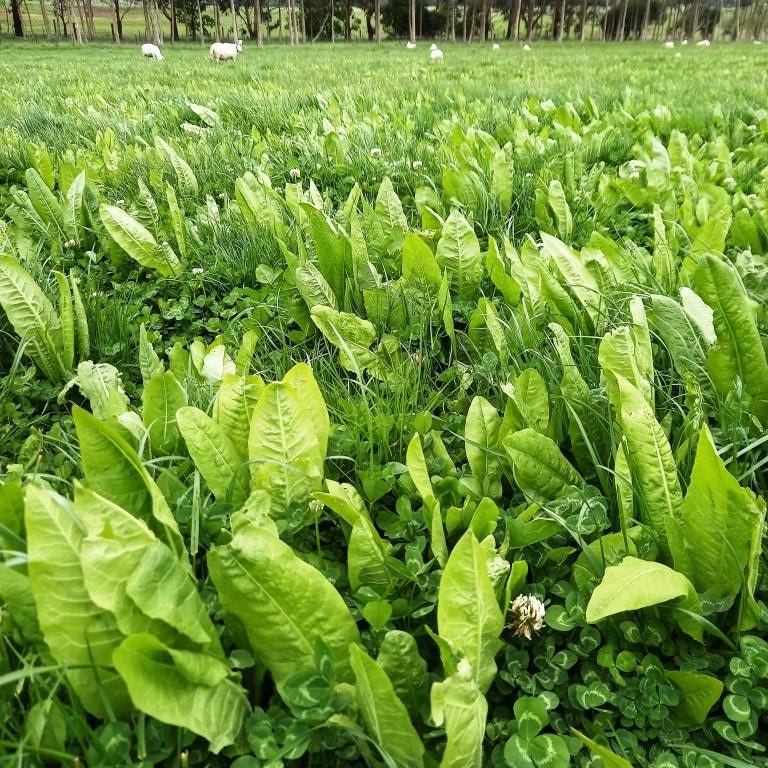
After the switch from finishing yearling steers to prime lamb production we embarked on a pasture renovation program which replaced multi species perennial grass dominant swards in 30% of paddocks with year round green perennial clovers, chicory and perennial ryegrass to provide higher quality and higher palatability feed which optimise lamb growth rates and reduce methane emissions per kg of carcase weight.
Some key outcomes of ‘comfortable farming’:
- The farm is a net carbon sink
- Soil carbon has been maintained at above 4%
- Available soil phosphorus has been maintained in the range 17 – 20ppm without addition of phosphorus fertiliser for 10 years from 2000 to 2010. Nutrients have been subsequently applied intermittently based on a five year nutrient budget calculation.
- There has been no change to paddocks carrying capacity in the transition from Triple P to holistic grazing.
- Previously routine cattle health treatments such as drenching were not undertaken from 2000 to 2012 when the enterprise changed to sheep only. Ewes are drenched only if the faecal egg count tests indicates if is necessary. So far that has meant just one drench per year for ewes pre-lambing and one for lambs at weaning.
- Previously routine fodder conservation has not been undertaken since 2000
- Variable costs of livestock production have mostly been eliminated (for example fodder conservation, fertiliser).
- Pasture plants have become far more vigorous and resilient to rainfall variability.
- Wildlife biodiversity has increased significantly.
